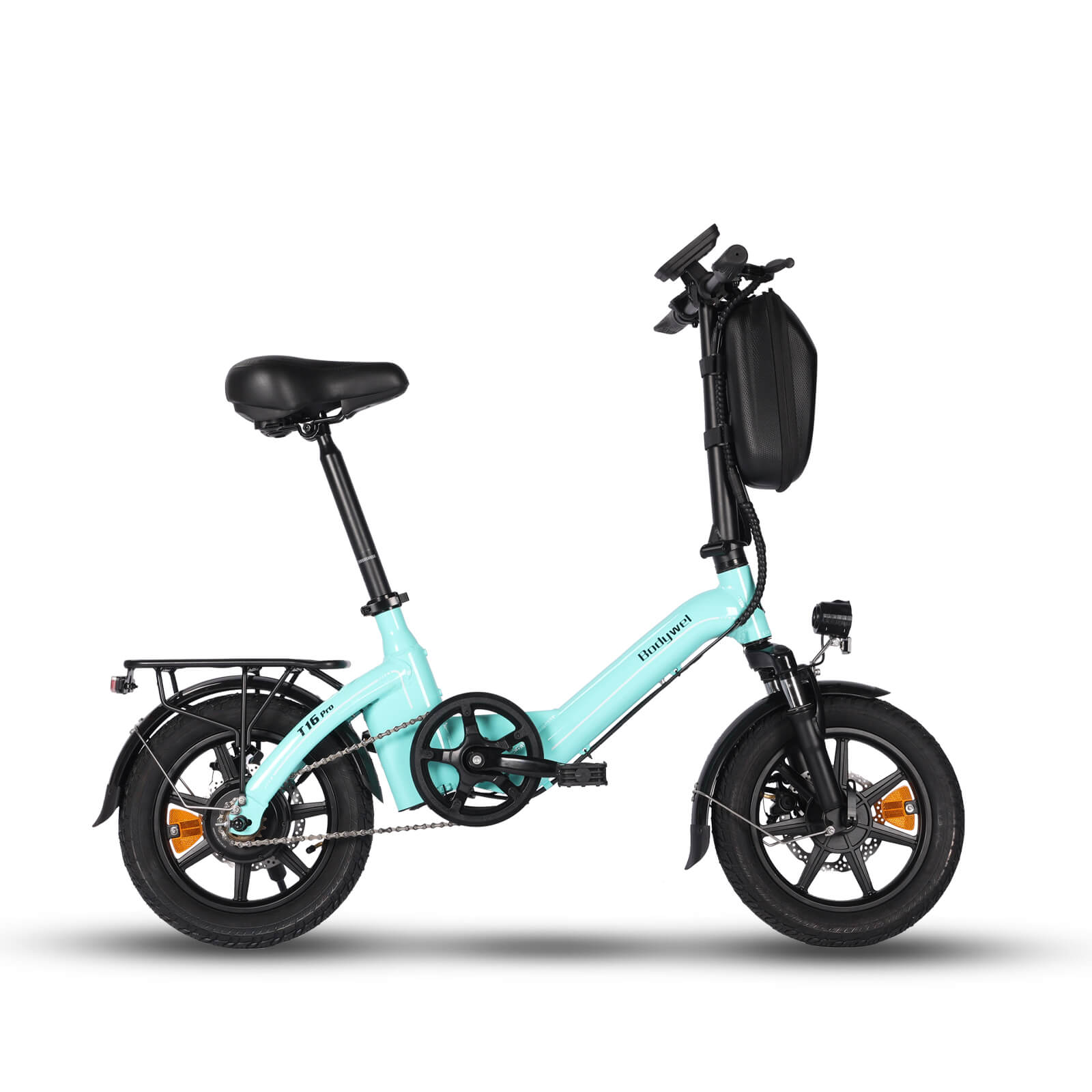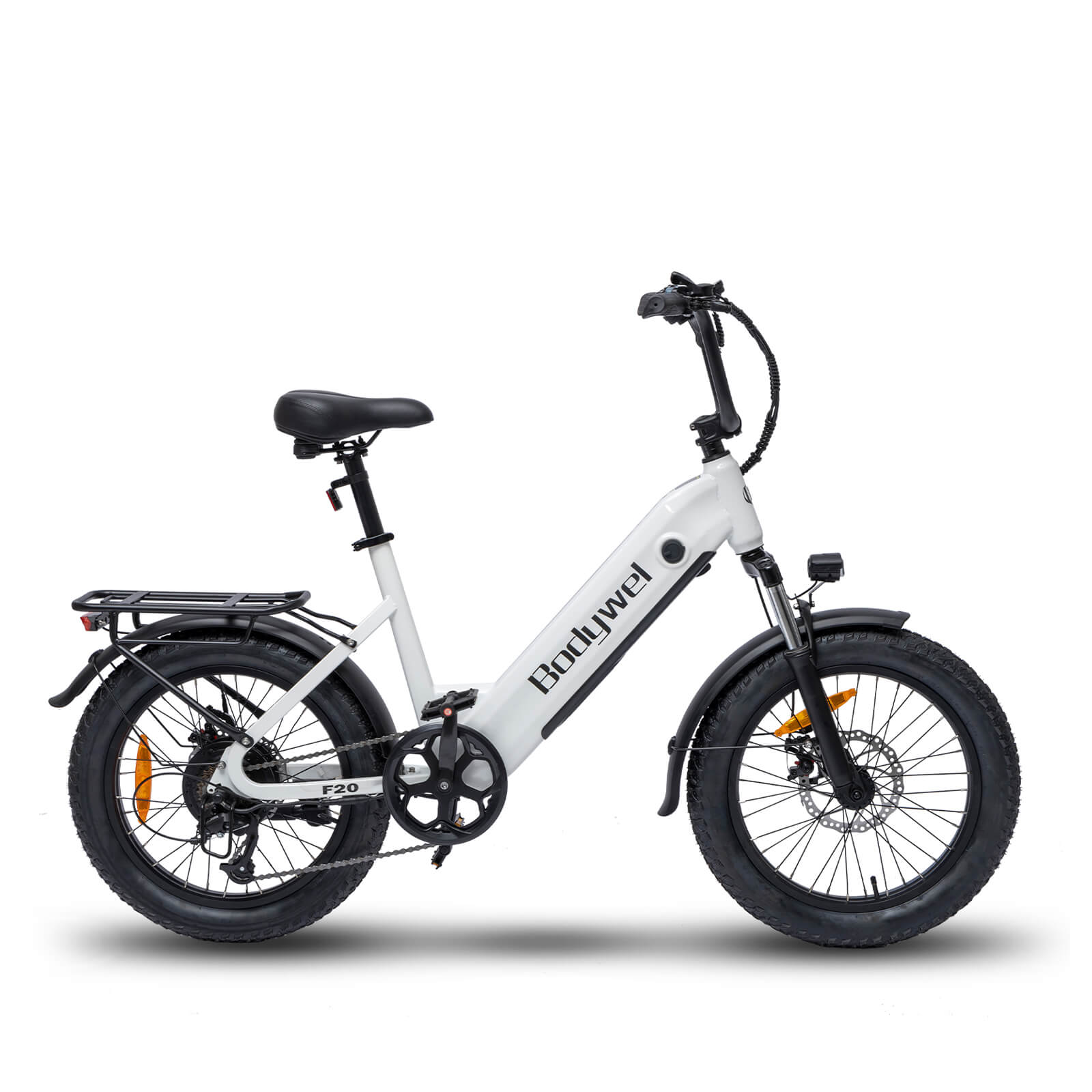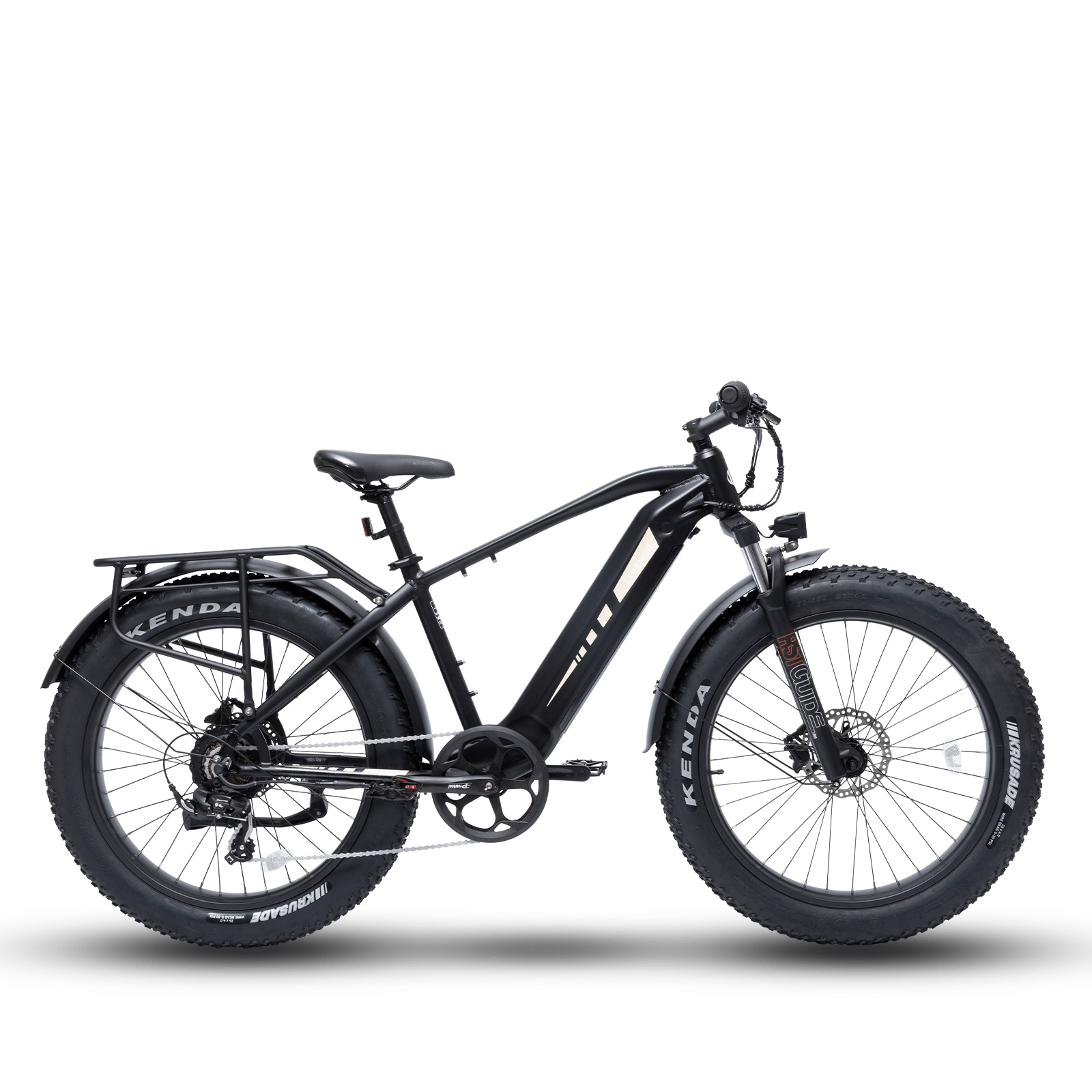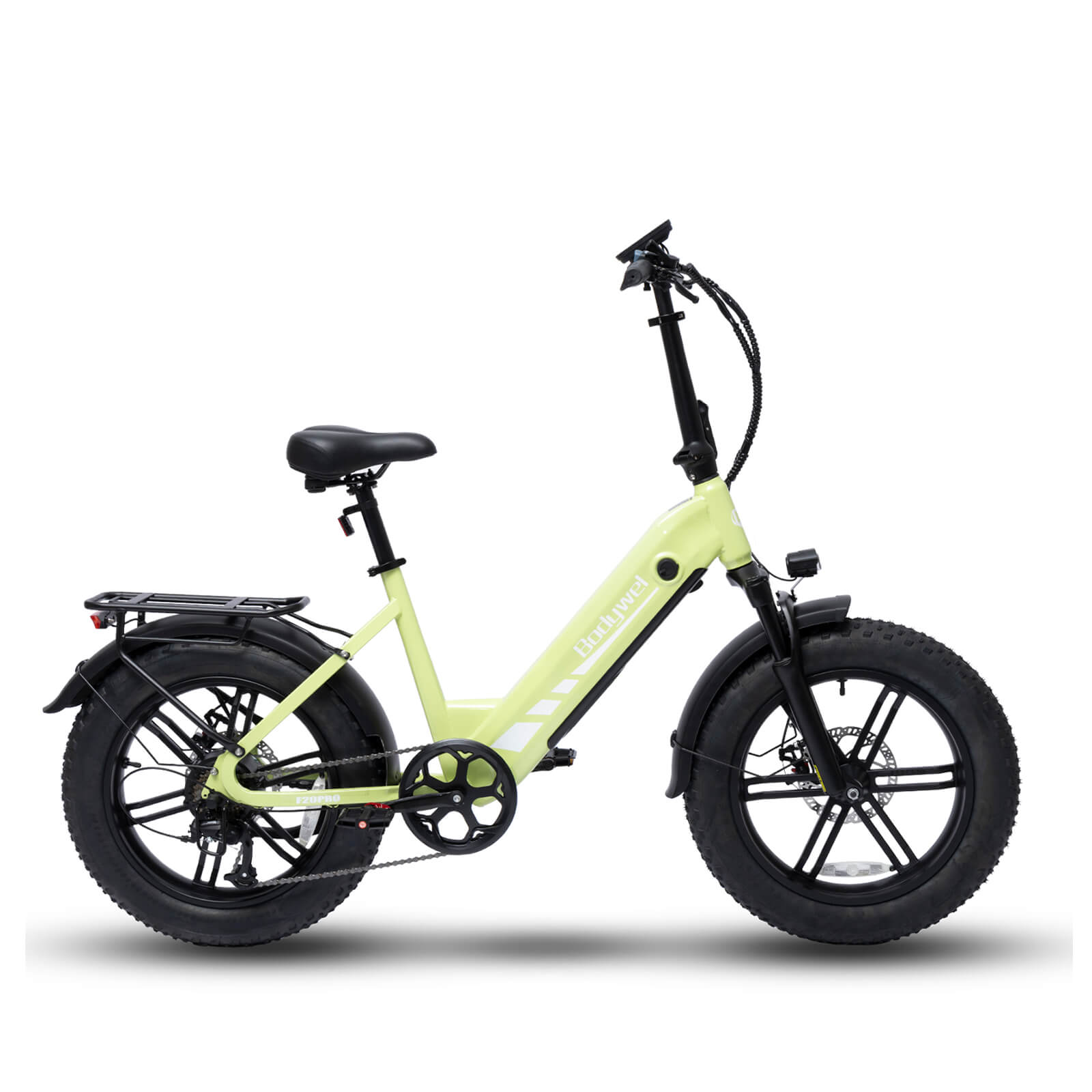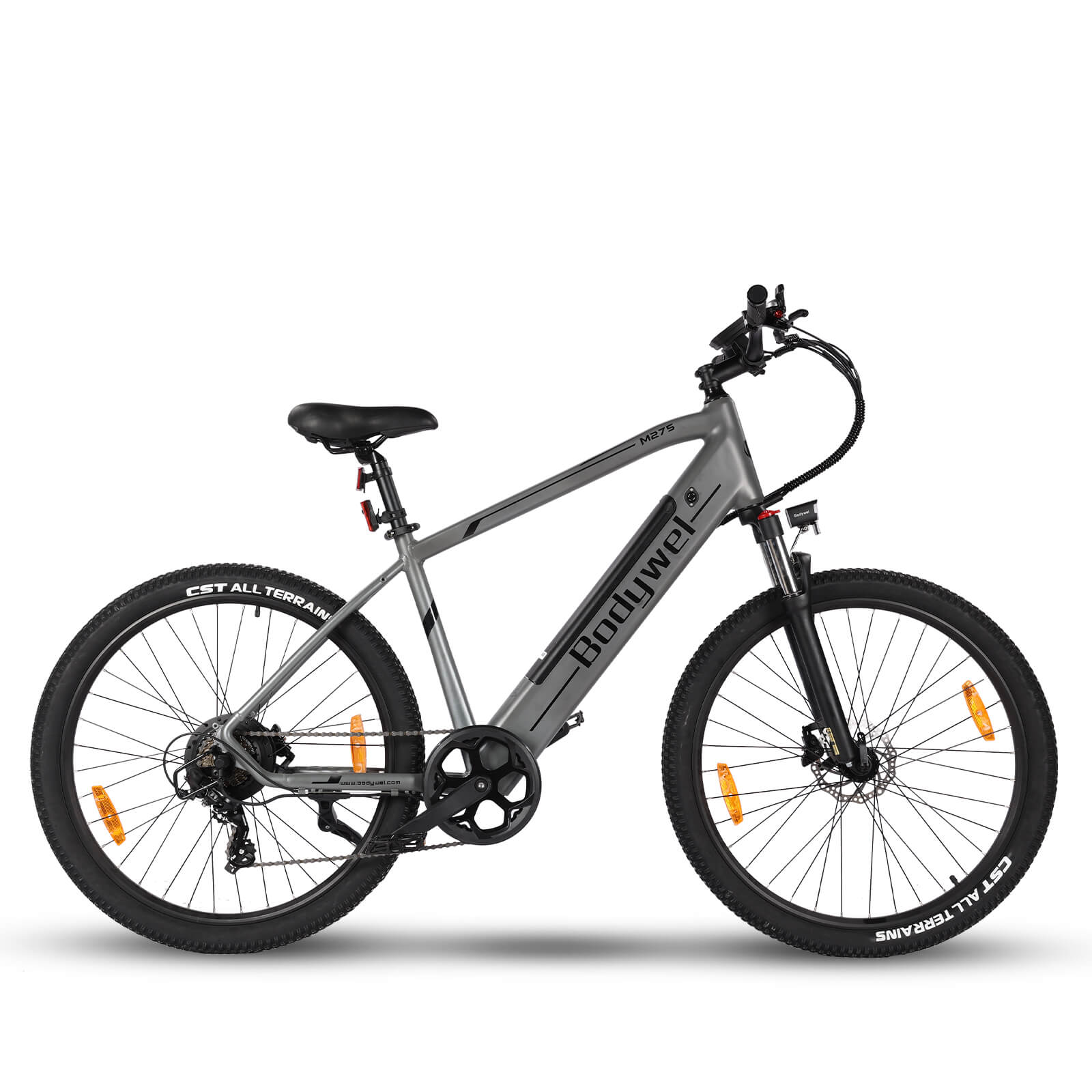5 Must-Know Facts About E-Bike Electric Bike Performance

Electric bicycles have revolutionized urban commuting and outdoor adventures by combining pedal power with electric assistance. This article explores five critical performance aspects that define modern e-bike technology, from battery efficiency to motor torque, helping riders make informed decisions.
Key Features That Define E-Bike Efficiency
Modern electric bicycles rely on three core components: the battery, motor, and control system. These elements collectively determine acceleration, hill-climbing capability, and overall ride smoothness. For instance, a high-capacity lithium-ion battery paired with a mid-drive motor offers balanced weight distribution and efficient power transfer, ideal for steep inclines.
Battery Performance and Range
E-bike batteries typically provide 20-100 miles per charge, depending on capacity and riding conditions. Factors like rider weight, terrain, and assist level significantly impact range. For example, studies show that using eco mode on flat routes can extend range by 30% compared to turbo mode.
Motor Types and Power Delivery
Hub motors are common in entry-level models, while mid-drive motors excel in performance e-bikes. The latter synchronizes with gear shifts, delivering torque more efficiently—a critical advantage for off-road riding.
Terrain Adaptability and Riding Modes
Most premium e-bikes feature multiple assist levels to match terrain demands. Full-suspension electric mountain bikes with adaptive torque sensors automatically adjust power
- Tags: best electric bikes commuter e-bike e bike electric bike eco-friendly e-bikes electric bicycle
0 commentaire




